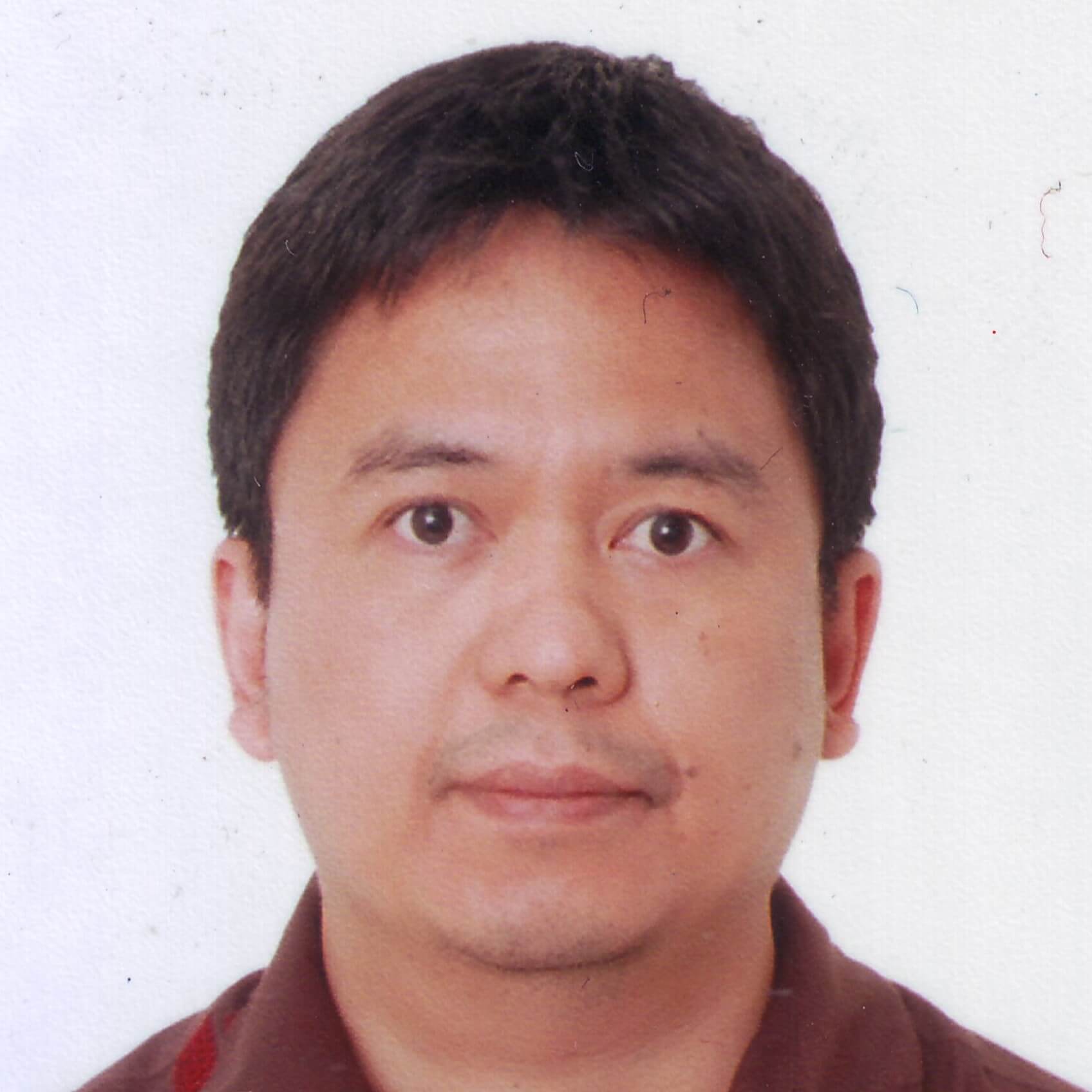




The 21st century has been characterised as a period of rapid economic and social transformation, both globally and within ASEAN, and this trend is likely to persist well into its next quarter. World economic output has nearly doubled since the turn of the century despite various setbacks, such as the global financial crisis in 2007-2008 and the recent COVID-19 pandemic. Social media and new technologies have come to dominate people’s lives worldwide in ways that were hard to imagine in the previous century.
SEAN’s transformation has arguably even been faster than the rest of the world. The combined GDP of ASEAN Member States has nearly tripled from 2000 to 2022. Five ASEAN countries are in the top 11 countries in the world who spend the most time online, according to a recent survey, whereas in 2000, less than three per cent of the region’s population reported using the internet. Total employment in the region has rapidly transformed from mainly agricultural at the beginning of the century to one now dominated by the services sector. There have been significant gains in improving access to education and raising the average years of education in the region, although both years of education and quality of education remain highly unequal across ASEAN Member States.
Even more rapid changes can be expected in the region in the next quarter of the century, driven by, among others, the rapid development and adoption of artificial intelligence (AI) technology, digitalisation, the widespread use of machine learning and advanced robotics, as well as demographic changes and climate change. As in the past, these advances in technology should lead to a further rise in productivity among the employed, although they may also result in a reduction in demand for workers in many occupations.
Routine jobs and administrative jobs in manufacturing, construction, wholesale and retail trade, and other services sectors are seen as particularly vulnerable to automation and digitalisation. More recently, AI technology is also being seen as reducing demand even for occupations previously considered compatible with the 4th Industrial Revolution (4IR), such as technology workers (coders, data analysts), content creators (writers, graphic designers), and legal and financial services workers. A 2018 report by Oxford Economics estimated that by 2028, because of AI technology, 28 million less workers in ASEAN-6 will be required to produce the same level of output they produced in 2018.

The ageing of the ASEAN population as a whole and the expected decline in the working-age population in some countries—already happening in Thailand and Singapore, and projected for Brunei Darussalam in 2035 and Viet Nam in 2038, according to UN projections—will reduce the overall pressure on employment. However, there is likely to be an increase in demand for health and other care workers regionally, but especially in ASEAN Member States with the more rapidly ageing population. Cross-border migration to fill labour shortages in this sector and possibly others due to ageing and population decline will likely pick up.
Climate change, through rising temperatures, sea level rise, and its impact on extreme weather events, could displace sub-populations, impact farming and fishing, and thus disrupt employment. ASEAN is one of the most at-risk regions in the world due to climate change. Myanmar, the Philippines, and Thailand are among the top 10 in terms of the Global Climate Risk Index from 2010 to 2019.
Much remains to be done to prepare ASEAN’s human resources for the next quarter of the century. According to the World Economic Forum’s 2019 Global Competitiveness Report, there is wide variability across ASEAN Member States in terms of the skills of current workforce. This indicator is based partly on (i) digital skills among the active population (with Singapore and Malaysia ranking high, and Cambodia and Viet Nam ranking low) and the (ii) quality of vocational training (with Singapore and Malaysia ranking high, and Cambodia and the Lao PDR ranking low). There is also variability in the skills of future workforce, an indicator partly based on critical thinking in teaching (with Singapore and Malaysia ranking high, and Thailand and Viet Nam ranking low).
Upskilling and reskilling the human resources of ASEAN Member States will be the key to preparing them for the ongoing and anticipated rapid changes that are affecting, and will continue to affect, the labour market. For many ASEAN Member States, the education systems—but especially basic education and technical vocational education training systems—have to be reformed to shift focus from traditional skills to future-proof skills needed in the emerging economy, including digital literacy and skills, critical thinking, problem-solving, adaptability, and lifelong learning.
There is a shared interest among ASEAN Member States to get this accomplished at the regional level because the region’s future competitiveness will likely depend on their ability to share labour resources, especially given the issue of ageing in some of the more developed countries. This entails sharing best practices and resources from ASEAN Member States with more advanced to less advanced education systems. This also means making faster progress in facilitating skills recognition and skilled labour mobility in ASEAN. Advanced planning and re-skilling will also be key to addressing the potential employment impacts of displacement caused by climate change.








